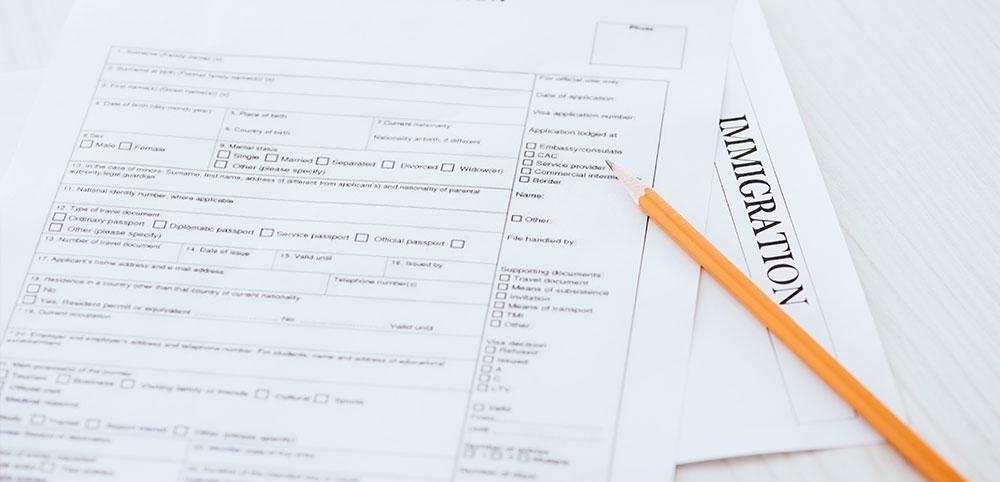
The Australian federal government is embarking on a comprehensive rewrite of the country's immigration system, ushering in changes across nearly every visa category. Among these adjustments is a long-overdue increase in the minimum wage threshold for skilled workers. Additionally, a pathway to permanent residency will be established for approximately 17,000 temporary workers.
A recent government-commissioned review identified the existing immigration system as "complex, inefficient, and inflexible," necessitating a thorough overhaul. Home Affairs Minister Clare O'Neil emphasized that the current system is ill-equipped to address the severe labor shortages Australia faces, the most significant since World War II. However, she acknowledged that Australia offers limited incentives to rectify these shortages.
One prominent change proposed is raising the minimum wage for skilled workers on employer-sponsored visas from its stagnant 2013 level. This adjustment will increase from its current threshold of $53,900 to $70,000 starting in July. Ms. O'Neil described this change as a "substantial increase" aimed at attracting skilled workers.
Furthermore, the review revealed issues with the points test for skilled visas, which was deemed unhelpful and in need of revision. It was noted that minor criteria, such as whether applicants studied in regional areas, often determined visa outcomes. Reforming the points test is one of the government's initial targets for improving the quality of permanent visa recipients.
Administrative problems within the immigration system have also contributed to delays in processing visas, affecting both potential immigrants and employers. Simplifying the system and streamlining processes are priorities to reduce these wait times.
The Australian government is also addressing the significant number of international students entering the country, with over half of permanent visa recipients coming from this group. To ensure that international students are better equipped to enter the workforce in their chosen fields, stricter criteria will be implemented for those seeking to study in Australia.
In conclusion, the Australian government's immigration reform aims to address labor shortages and streamline the system, ensuring that immigrants contribute effectively to the country's workforce. These changes represent a significant step toward modernizing Australia's immigration policies.
How Will Australia's Immigration Policy Changes Impact International Students and Candidates?
These proposed changes in Australia's immigration policies can have several implications for Nepali and international students or candidates planning to study or work in Australia:
It's essential for Nepali and international students or candidates interested in Australia to stay informed about these changes and work closely with educational institutions, migration experts, and official government sources to navigate the evolving immigration landscape effectively. Additionally, seeking advice from education and migration consultants can help candidates make informed decisions about their educational and career pathways in Australia.
For those seeking expert guidance and support in navigating Australia's evolving immigration landscape, Solve Education and Migration is here to help. Our team of experienced consultants is well-versed in the latest policy changes and can provide tailored advice to international students and candidates from Nepal and around the world. Whether you need assistance with visa applications, educational choices, or career planning in Australia, our dedicated professionals are committed to helping you achieve your goals. With Solve Education and Migration by your side, you can confidently take the necessary steps to thrive in the changing Australian immigration environment.